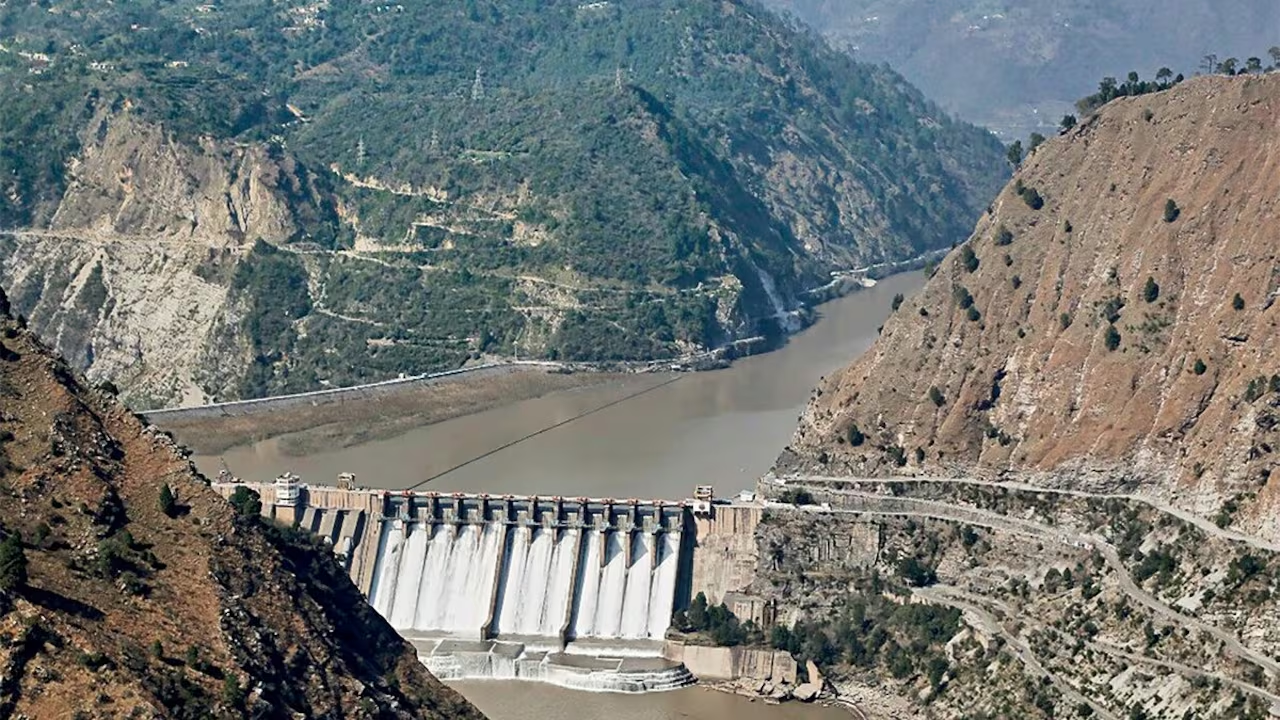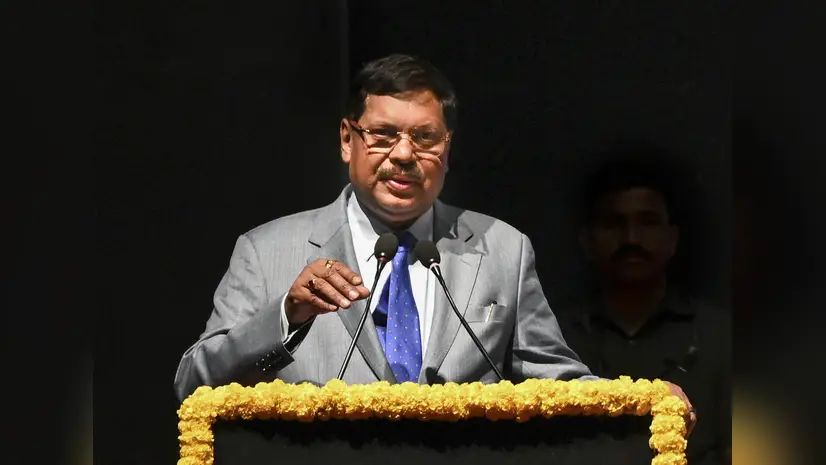- Courses
- GS Full Course 1 Year
- GS Full Course 2 Year
- GS Full Course 3 Year
- GS Full Course Till Selection
- Answer Alpha: Mains 2025 Mentorship
- MEP (Mains Enrichment Programme) Data, Facts
- Essay Target – 150+ Marks
- Online Program
- GS Recorded Course
- Polity
- Geography
- Economy
- Ancient, Medieval and Art & Culture AMAC
- Modern India, Post Independence & World History
- Environment
- Governance
- Science & Technology
- International Relations and Internal Security
- Disaster Management
- Ethics
- NCERT Current Affairs
- Indian Society and Social Issue
- NCERT- Science and Technology
- NCERT - Geography
- NCERT - Ancient History
- NCERT- World History
- NCERT Modern History
- CSAT
- 5 LAYERED ARJUNA Mentorship
- Public Administration Optional
- ABOUT US
- OUR TOPPERS
- TEST SERIES
- FREE STUDY MATERIAL
- VIDEOS
- CONTACT US
61 Years Since Thumba Launch of India’s 1st space programme
61 Years Since Thumba Launch of India’s 1st space programme
28-11-2024

- November 21, 2024, marks 61 years since the launch of India’s first space programme.
- On this day in 1963, ISRO (Indian Space Research Organisation) launched the Nike-Apache sounding rocket from Thumba, Kerala.
- This was a crucial step in India's space journey, helping the nation develop solid propellant technology used today in its launch vehicles.
- These early rockets laid the foundation for India’s growing space ambitions.
- This anniversary comes at a time when India has achieved significant milestones, including launching its first satellite aboard a SpaceX rocket, while several private Indian companies are also preparing for their own space missions.
India’s Private Space Sector Boom and ISRO’s Role | Data and Facts1. Introduction
2. History of ISRO’s Commercialisation
3. Private Players in the Space Sector
4. Notable Space Start-ups
5. Regulatory Framework for Private Space Companies
6. FDI and Financial Policies
7. ISRO’s Ongoing Role
8. Future Prospects
|
Key Space Launches & Missions:
- GSAT-N2/GSAT-20 Satellite Launch:
- In November 2024, NewSpace India Ltd. launched the GSAT-N2/GSAT-20 satellite aboard SpaceX Falcon 9 from Florida, USA.
- The satellite weighed 4,700 kg, making it too heavy for India’s heaviest rocket, the LVM-3, which can carry up to four tonnes into Geostationary Transfer Orbit (GTO).
- This satellite is a Ka-band high-throughput communication satellite built by ISRO. It is designed to enhance broadband services in remote regions, including the northeast, Andaman & Nicobar Islands, and Lakshadweep.
- The satellite will also support in-flight internet connectivity and the Smart Cities Mission.
- After launch, the satellite was placed into a GTO with:
- Perigee (closest point to Earth) of 250 km,
- Apogee (farthest point from Earth) of 59,730 km,
- Inclination of 27.5°.
- The satellite will use its onboard thrusters to move to its geostationary orbit at 63° East longitude over the next few days.
-
Upcoming ISRO Launches:
- ISRO is preparing for the PSLV-C59 mission, which will carry the European Proba-3 mission. This mission, set to launch on December 4, 2024, will study the Sun.
- The launch vehicle will be the Polar Satellite Launch Vehicle (PSLV) in its extended configuration (XL), which was last used for the Aditya-L1 solar mission in September 2023.
- The Proba-3 spacecraft arrived in Chennai on November 6, and the spacecraft will be integrated with the PSLV before launch.
-
India's First Astronaut Designate Training:
- Shubhanshu Shukla, India’s astronaut-designate, is currently training at the European Space Agency’s (ESA) European Astronaut Centre.
- Shukla is set to travel to the International Space Station (ISS) in 2025. His training includes familiarizing himself with the European modules of the ISS.
Indian Private Sector Developments:
Several Indian private companies are preparing to launch their satellites and payloads into space.
- Pixxel:
- Pixxel, an Indian-American space company, introduced its ‘Fireflies’ project, which consists of six hyperspectral satellites.
- These satellites, each weighing around 50 kg, have a 5-meter spatial resolution and will scan 40 km swaths of Earth for data across more than 150 spectral bands.
- This batch of satellites is the first step towards a planned constellation of 24 satellites. These satellites will help monitor various environmental issues like crop diseases, water stress, deforestation, and ocean pollution.
- The satellites are expected to be launched early in 2025.
- GalaxEye Space:
- GalaxEye Space is preparing to launch a technology demonstration satellite called "It’s NOT a Satellite, It’s Just a Tech Demo".
- This satellite will be launched on the PSLV’s Orbital Experimental Module (POEM) platform. POEM is a platform in which the final stage of a PSLV rocket becomes an orbital platform to carry out experiments.
- The demonstration will focus on testing subsystems for synthetic aperture radar (SAR), which can be used for high-resolution Earth observation.
- PierSight Space:
- PierSight Space is preparing for a mission called ‘Varuna’, which will also be flown on the PSLV POEM platform.
- This mission will demonstrate a deployable reflectarray antenna and test SAR and aeronautical information service avionics in orbit.
- HEX20:
- HEX20 plans to launch its ‘Nila’ satellite onboard SpaceX’s Transporter 13 mission in February 2025.
- The Nila satellite weighs 5 kg and can host multiple payloads, providing data processing services.
- A ground station will be set up in Thiruvananthapuram, Kerala, to control and receive data from the satellite.
- Catalyx Space:
- Catalyx Space launched the SR-0 satellite aboard the third developmental flight of the Small Satellite Launch Vehicle (SSLV).
- The satellite completed its mission objectives and re-entered Earth’s atmosphere on November 3, 2024, after a three-month operational life.
- AAKA Space Studio:
- AAKA Space Studio launched India’s first Space Analog Mission in Leh, Ladakh, in collaboration with ISRO’s Human Spaceflight Centre, IIT Bombay, and the University of Ladakh.
- The mission will simulate life on the Moon and Mars and will test the habitat sustainability, life-support systems, and human isolation in space.
- One person from AAKA Space Studio will stay in the habitat in Leh for 21 days as part of the experiment.
- SatSure:
- SatSure is working with the Ministry of Electronics and Information Technology on a project to map over 200,000 villages in India.
- Under the Svamvita programme, drones will be used to capture high-resolution images (3-5 cm) to map building footprints, roof types, roads, and water bodies.
- SatSure will use its machine learning tools developed for satellite data to classify and extract the relevant features.
Space Science Updates:
- India’s Full Membership in SKAO:
- India became a full member of the Square Kilometre Array Observatory (SKAO), an international project to build the world’s most advanced radio telescope.
- The telescope will be located in Australia and South Africa. India will contribute cash, as well as advanced electronics and engineering for telescope components.
- In return, India will have access to scientific data gathered by the telescope.
- Aditya-L1 Mission:
- The Visible Emission Line Coronagraph (VELC) onboard the Aditya-L1 spacecraft made its first significant contribution to space science. Researchers from the Indian Institute of Astrophysics (IIA), Bengaluru, used data from the coronagraph to predict a coronal mass ejection (CME) on July 16, 2024.
- CMEs can disrupt satellites, power grids, and radio communications on Earth when they pass by the planet.
- Biological Experiments on Bharatiya Antariksh Station:
- The Departments of Space and Biotechnology have signed agreements to conduct biological experiments on India’s upcoming Bharatiya Antariksh Station (India's space station).
- Researchers will be able to conduct biological experiments during uncrewed Gaganyaan flights, as well as onboard the Indian space station once it is operational.
Must Check: Best IAS Coaching In Delhi
UPSC Prelims Result 2024 Out: Expected Cut Off & Other Details, UPSC Prelims 2024 Answer with Explanation, Daily Prelims Quiz, Daily Current Affairs, MONTHLY CURRENT AFFAIRS TOTAL (CAT) MAGAZINE, Best IAS Coaching Institute in Karol Bagh, Best IAS Coaching Institute in Delhi, Daily Mains Question Answer Practice, ENSURE IAS UPSC Toppers, UPSC Toppers Marksheet, Previous Year Interview Questions, UPSC Syllabus




